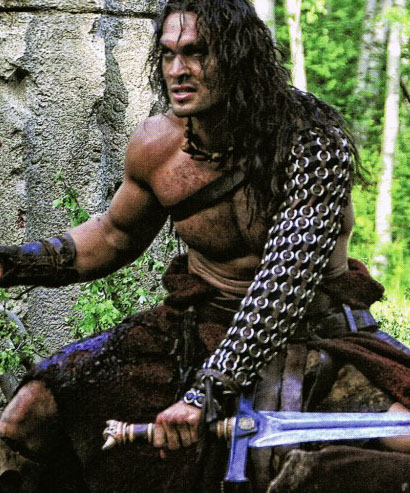This is a question for you Armor Historians out there. In the pics below, you will see Khalar Zym, the bad guy from the 2011 Conan The Barbarian movie. What kind of armor is he wearing? Is it a version of a type of armor used in real life? What do you know about this type of armor?











